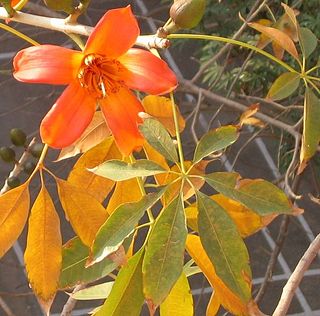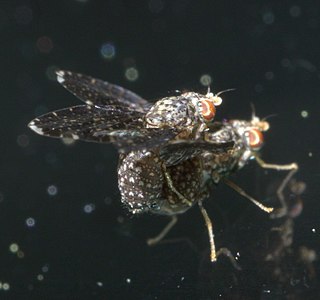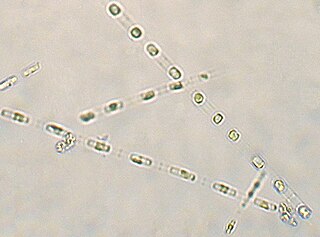
Bombax is a genus of mainly tropical trees in the mallow family. They are native to western Africa, the Indian subcontinent, Southeast Asia, and the subtropical regions of East Asia and northern Australia. It is distinguished from the genus Ceiba, which has whiter flowers.

Amomum is a genus of plants native to China, the Indian subcontinent, Southeast Asia, New Guinea, and Queensland. It includes several species of cardamom, especially black cardamom. Plants of this genus are remarkable for their pungency and aromatic properties.

Mount Hombori is a mountain in Mali's Mopti Region, near the town of Hombori. At 1,155 meters, it is the highest point in Mali.
Craspedopoma costatum is a species of tropical land snail with an operculum, terrestrial gastropod mollusks in the family Craspedopomatidae. This species is endemic to Spain.
Nephelium costatum is a species of plant in the family Sapindaceae. It is a tree endemic to Peninsular Malaysia. It is threatened by habitat loss.
Folonzo is a town in the Niangoloko Department of Comoé Province in south-western Burkina Faso. The town has a population of 1,618.
Probuccinum costatum is a species of sea snail, a marine gastropod mollusk in the family Buccinidae, the true whelks.

Kandi is a town, arrondissement and commune in the Alibori Department of eastern Benin. Originally a market town, Kandi is now primarily a farming centre. It lies on the nation's main north-south highway, 650 km (400 mi) from Cotonou and 523 km (325 mi) north of Porto-Novo. The town is the capital of the department of Alibori. The commune covers an area of 3,421 km2 (1,321 sq mi) and as of 2013 had a population of 177,683 people. The town itself had a population of 27,227 in 2002.

Umbonium costatum is a species of sea snail, a marine gastropod mollusk in the family Trochidae, the top snails.
Dracontomelon costatum is a tree in the cashew and sumac family Anacardiaceae. The specific epithet costatum means "ribbed", referring to the leaf veins.
Zotalemimon costatum is a species of beetle in the family Cerambycidae. It was described by Matsushita in 1933.

Indigastrum is a genus of flowering plants in the tribe Indigofereae of the family Fabaceae. It includes eight species native to sub-Saharan Africa, Yemen, India, and Australia.
Megasternini is a tribe of water scavenger beetles in the family Hydrophilidae. There are at least 70 described species in Megasternini.

Trypetisoma is a genus of flies in the family Lauxaniidae. There are more than 40 described species in Trypetisoma.
Oosternum attacomis is a species of water scavenger beetle in the family Hydrophilidae. It is found in North America.
Oosternum is a genus of water scavenger beetles in the family Hydrophilidae. There are more than 20 described species in Oosternum.
Oosternum pubescens is a species of water scavenger beetle in the family Hydrophilidae. It is found in North America.
Xeranobium is a genus of death-watch beetles in the family Ptinidae. There are about 13 described species in Xeranobium.

Aglaonema costatum, called the spotted evergreen, is a species of flowering plant in the genus Aglaonema, native to Bangladesh, Thailand, Peninsular Malaysia, Laos, Cambodia and Vietnam. In these areas, the plant is typically found growing in the understory of tropical rain forests. Its putative form, Aglaonema costatum f. immaculatum, called the unspotted Chinese evergreen, has gained the Royal Horticultural Society's Award of Garden Merit.

Skeletonema costatum is a cosmopolitan centric diatom that belongs to the genus Skeletonema. It was first described by R. K. Greville, who originally named it Melosira costata, in 1866. It was later renamed by Cleve in 1873 and was more narrowly defined by Zingone et al. and Sarno et al. Skeletonemacostatum is the most well known species of the genus Skeletonema and is often one of the dominant species responsible for red tide events.








